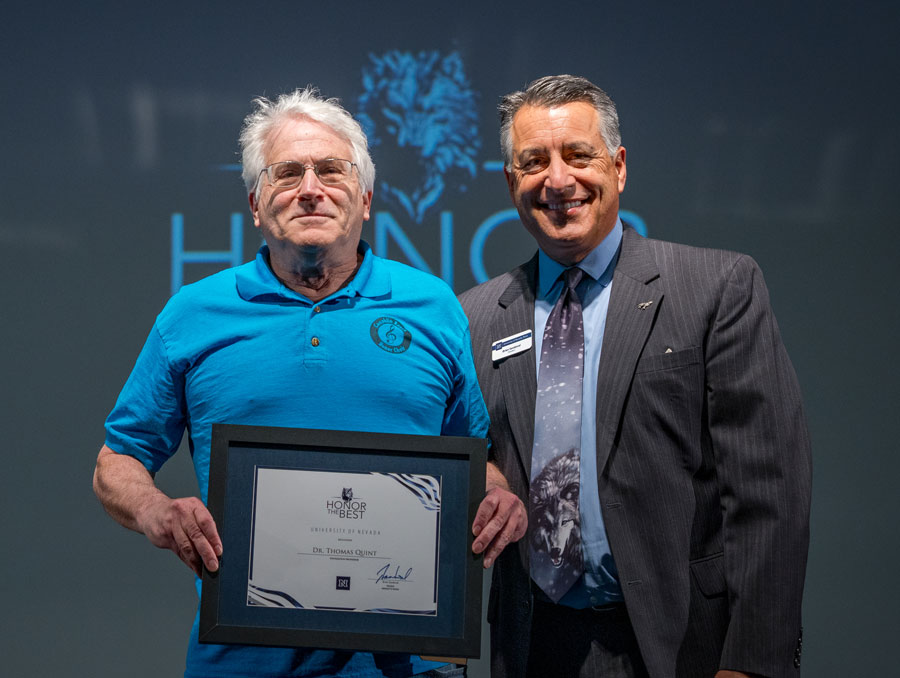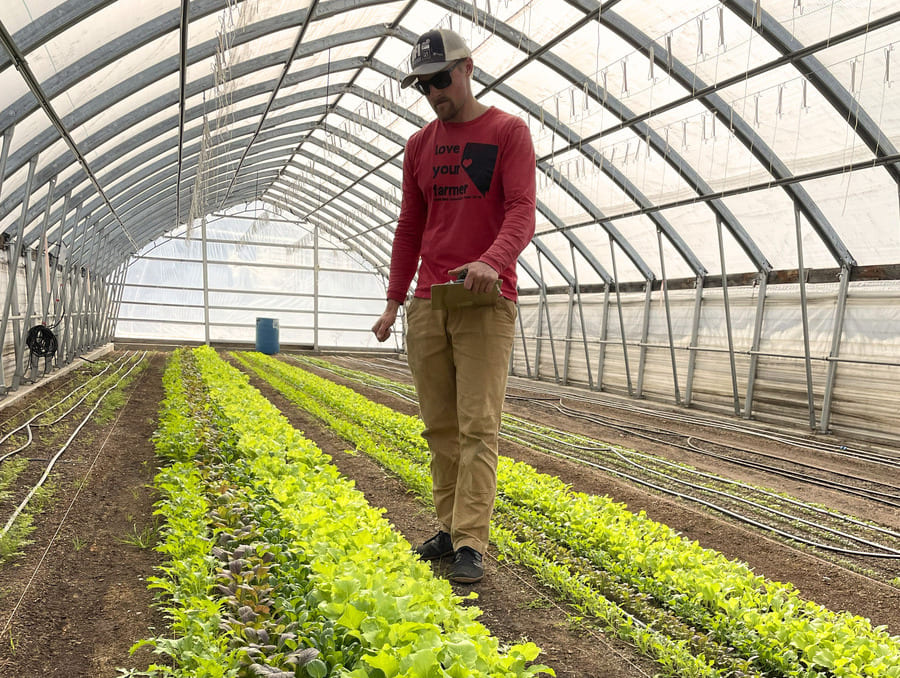Whether you’re an aspiring social media strategist, or you’ve already started your career, chances are you’ve heard of how important it is to track the engagement your social content is getting. But do you know what engagement really means or how to use it like a pro? Strategic communications professors Alison Gaulden and Bob Felten have the answers.
Q: What is engagement?
Bob Felten: Basically, it’s a measurable reaction to social media content, but there are certainly different levels of engagement. It’s the click-through results that can let you know as a communicator where your audience is in the Five-Step Adoption Process.
Q: What is the value of meaningful engagement for strategic communication professionals?
Alison Gaulden: The value of measurement comes in a variety of ways, but it’s pretty much all dependent on what you want to from your audience. Here are some key stats on a communicator’s audience at any given time:
- 3 percent know that they want to do business with you or your company
- 7 percent are ready to do business with someone but are unfamiliar with your brand or company
- 30 percent want you or your services later
- 30 percent know that they need someone like you
- 30 percent will never do business with you
So when you’re getting likes that can be an affirmation of content, and shares mean that 3 percent of people who know you and your brand are helping to expand your reach. Following or commenting on content; however, is social listening and while that may not help you sell anything in the short term, it helps to maintain two-way communications between the audience and the brand.
Q: Does paid social media posting impact organic reach and engagement?
Bob Felten: The thing is that there is so much clutter when it comes to online and content marketing. That’s why I emphasize creativity and out-of-the-box thinking in my classes. That’s part of the reason why major players in the industry are definitely pushing toward the pay-for-play model, but there’s still a place for organic reach, especially if you can take advantage of what’s trending. Trending and breaking news can be part of a social strategist’s toolbox if they’re smart and leverage it properly.
Q: How can students take advantage of the information they get about audience engagement with their content?
Alison Gaulden: In the short-term, analytics on engagement can tell you how your audience feels about you or your product, and give you an idea of why you may or may not be connecting with them. But in the big picture, understanding analytics gives strategic communicators a much deeper understanding of how to convert their audience using demographics and psychographics, as well as what motivates their audience to engage in the first place.












